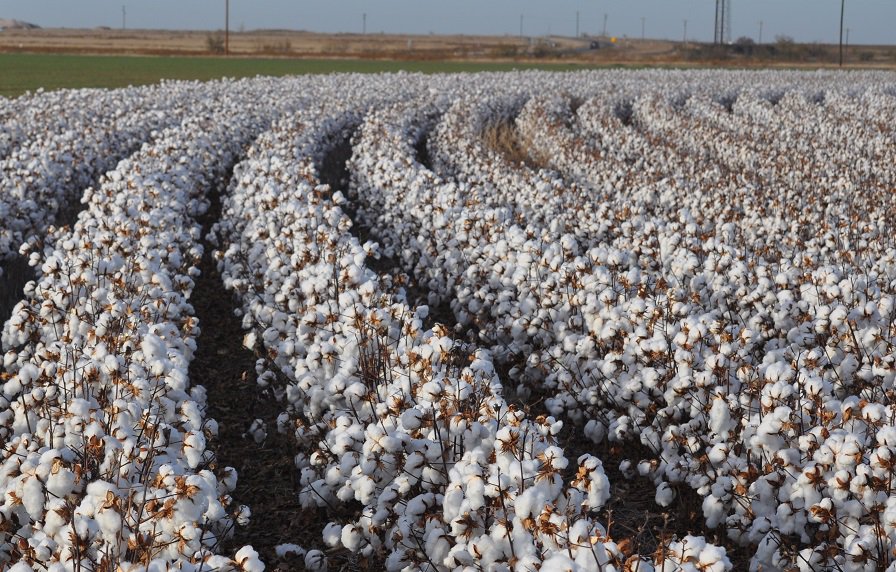The better germplasm plant breeders have with which to work, the better varieties they can create. As new biotechnology tools continue being developed and scientists continue learning more about the intricacies of plants and the genes that make them function, significant developments will continue to be brought forth.
One such development was achieved recently by scientists at the Agricultural Research Service, Plant, Soil, and Nutrition Research Laboratory, in Ithaca, New York, and Cold Spring Harbor Laboratory, Cold Spring Harbor, New York. Led by Doreen Ware, a molecular biologist, the team of scientists have identified networks of gene and gene regulators that facilitate the distribution of nitrogen to various parts of a plant.
Specifically, 23 proteins called “transcription factors” were found. “These transcription factors play particular roles in nitrogen plant use,” says Ware. “We also traced these factors back to the genes that control them and to the genes on which they have influence.”
Out of more than 400 transcription factors, the scientists were able to combine information related to when and where the genes were being expressed in the plant — and whether those genes changed under limited-nitrogen conditions. They were also able to discern how the genes may be connected to each other. “The method used to accomplish this may be compared to the method used to determine relationships between people in social media networks,” adds Ware.
While scientists have long been aware plants distribute nitrogen to their various parts, this discovery provides more in-depth insight into the genes and proteins that essentially make up a plant’s nitrogen regulatory system. “Along with our collaborators at the University of California-Davis, we are looking deeper into these systems of networks using computational biology to discover details about them we believe may open opportunities for plant breeders,” adds Ware. “If plant breeders can know what specific genes are needed to be present in a germplasm to carry nitrogen to, say, the head of a wheat plant or the boll of a cotton plant, they could then select for those plants containing those genes.”
The researchers also pinpointed transition factors and genes that affect the growth of other plant parts influenced by nitrogen — like the flowering process and reducing or increasing plant height. “We are truly encouraged by these findings and look forward to continuing our research to further define how these genes and transcription factors may be used,” adds Ware.
Farmers around the world use nearly 200 million tons of fertilizer annually to increase crop yields. It is an essential input on many farming operations, but it is an expensive input. Green Markets Weekly U.S. Fertilizer Price Index, a value-weighted benchmark of prices based on global demand reported in early August fertilizer pricing just below $360 a ton. By early October, it was encroaching on $420 a ton.
As U.S. farmers continue setting the standard for sustainability, creating varieties that require less fertilizer while maintaining yields should help further decrease farming’s environmental footprint. “In cotton production, nitrogen is the one input where over-application inhibits yield, quality, and harvestability,” explains Dr. Kater Hake, vice president, Agricultural and Environmental Research, Cotton Incorporated. “If varieties of the future have the ability to re-direct nitrogen to various parts of a plant where it is needed, that may allow growers to reduce nitrogen inputs, thereby reducing runoff from leaching while simultaneously lowering cotton’s overall footprint on the environment.”
Computational biology is relatively new but is making great strides toward improving the precision of variety development. “This new scientific discipline consists of building models that allow researchers to integrate and analyze very large and diverse sets of experimental and field measurements to describe and, just as importantly, to predict how an organism will react physiologically,” says Ware.
This research will continue by exploring the impacts these genes make on corn and sorghum. “We’ll also be evaluating the incorporation of network models in breeding tools to accelerate germplasm improvement,” concludes Ware.
